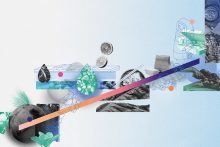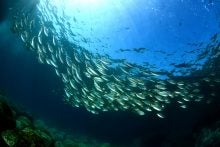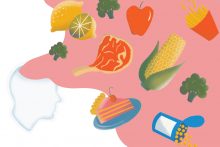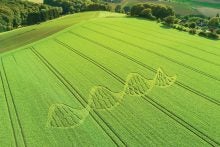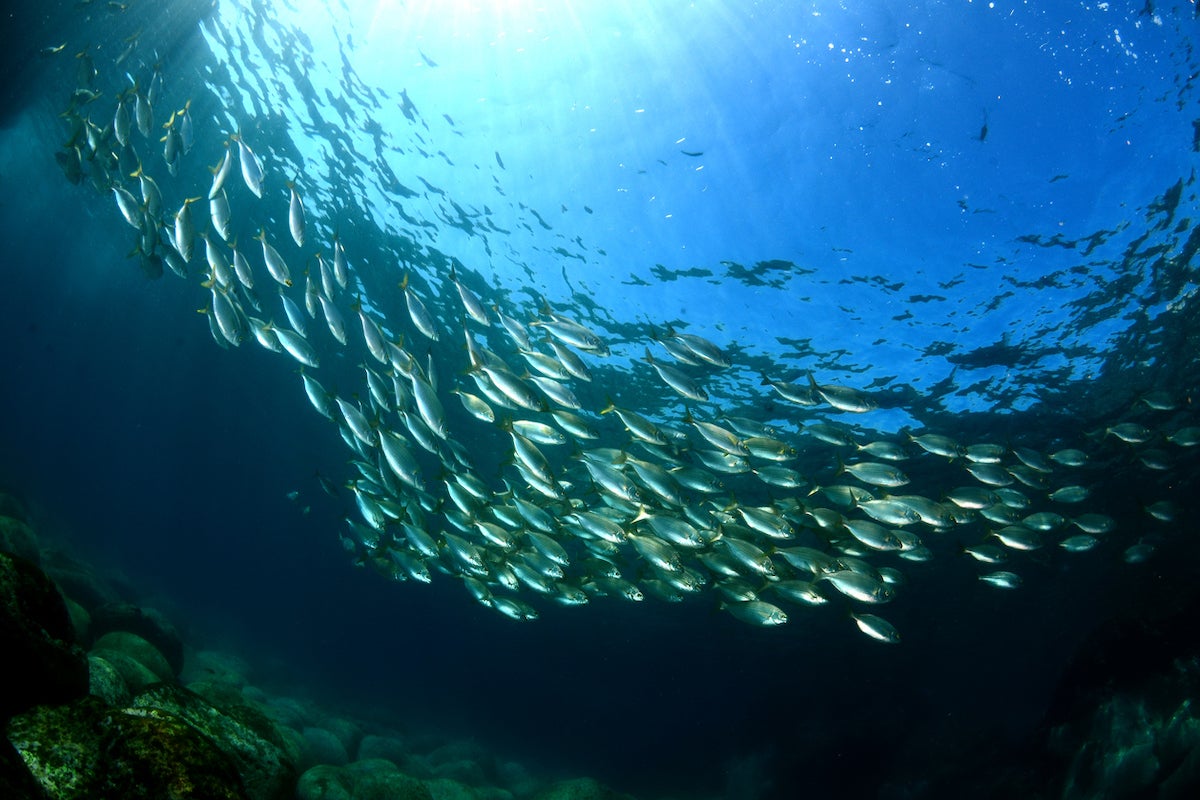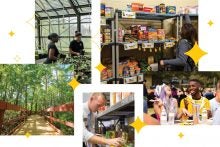
Fish is a major food source for billions of people, and in Florida, recreational fishing is a popular pastime and a major driver of tourism. But what if there were no more fish?
As unbelievable as this sounds, current trends indicate that this grim reality could come true in many areas if fishing isn’t sustainably managed.
The U.N. estimates that since 1974, sustainable levels of global fish stocks have decreased by 23%. And the situation in the U.S. and Florida isn’t much better.
NOAA Fisheries estimates that about 20% of U.S. fish stocks are overfished. For Florida, localized problems include the collapse of Apalachicola Bay’s iconic oyster fisheries, overfishing of Florida’s coral reef-associated fish and rebuilding red snapper stocks in the Gulf of Mexico.
“Some 3.2 billion people rely on fish for a fifth of their animal protein, which is often a source of vital micronutrients such as fatty acids, vitamins, zinc and iron,” says UCF fisheries expert Kristy Lewis, an assistant professor in UCF’s Department of Biology and a Sustainable Coastal Systems research cluster member.
“But if stocks are overfished, that means that they’re below their maximum sustainable yield. If we continue fishing at this level, fisheries will collapse,” she says.
And fish are not just an important food source, they are also part of the high-dollar commercial and recreational fishing industry. In 2016, these industries generated $212 billion in sales in the U.S. and $27.8 billion in sales and 173,000 jobs in Florida.
The U.N. estimates that since 1974, sustainable levels of global fish stocks have decreased by 23%.
It’s for these reasons that researchers are developing innovative ways to ensure that fishing is sustainable. Lewis says that sustainable fishing means protecting and managing all aspects of a fishery — the fish, the people and the habitat.
As a food web modeler, she creates computer simulations of complex marine food webs that take into account different species in the system and the changes they experience, such as disturbances caused by habitat loss and oil spills.
These models allow fishery managers to view multiple “what-if” scenarios to guide natural resource management decisions. Specifically, the models can help prioritize efforts in areas that are critical for the sustainability of the system.
State and federal research managers in Louisiana have used Lewis’ research for fishery habitat restoration, and her team is currently modeling the impacts of seagrass loss, an essential fish habitat, in the Indian River Lagoon and oyster fisheries in Apalachicola Bay. Her work also examines control methods for red tide, an algal bloom that results in massive fish kills.
Lewis points to the example of the Alaska fisheries, some of the most sustainable fisheries in the world, as an example of successful management as a result of informed decision making.
NOAA Fisheries observes the fishery data there in real time and also works to educate their fishers and consumers, she says.
Lewis says consumers can do their part to support sustainable fisheries by choosing to purchase fish that have the blue, Marine Stewardship Council (MSC) label on them. This label indicates that the seafood comes from fisheries that are MSC-certified as fished sustainably.
It’s these kinds of examples that can inspire similar success stories elsewhere.
“We want a healthy marine system, and we also want to make sure that people who live on that system will always have a way to put food on their plate,” Lewis says.
